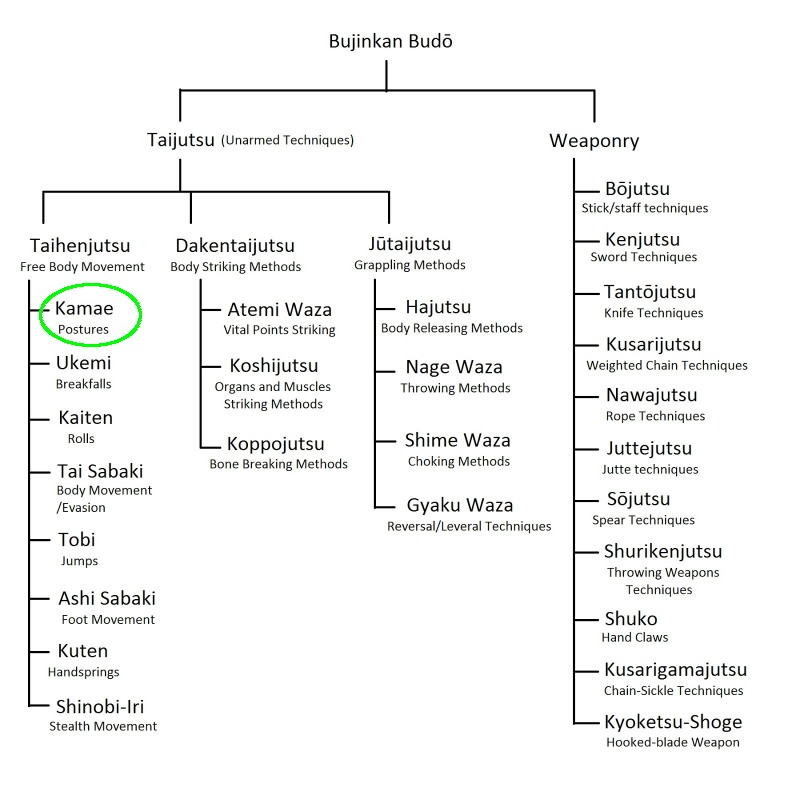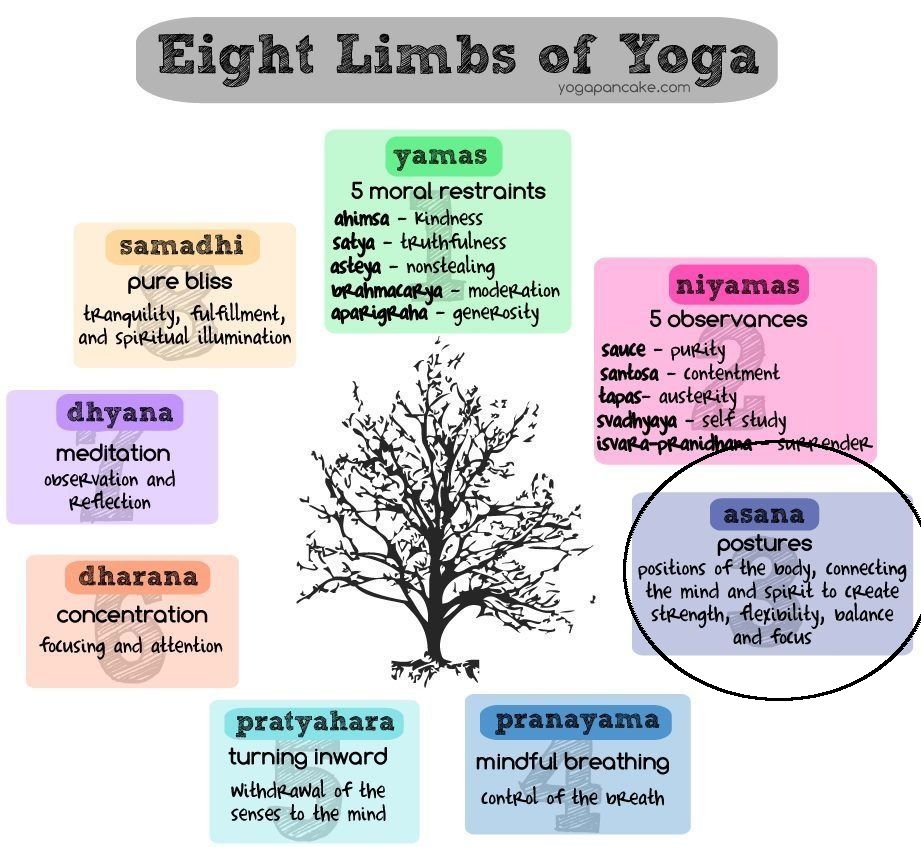
Postures are meant to help strengthen & protect the body, generate technique power, maximize energy flow especially through the right energy channel (Pingala nadi) to aid in life force (ki / prana), and ensure good stability. They are always maintained throughout any movement be it during evasion, attack, or defense. Basically, they are the road map for body positioning and nothing is done without one of the postures.
Now you know the importance of learning postures in any path of spirituality let alone in Ninjutsu. Each element has a set of postures / methods, even in Yoga. In Ninjutsu, the higher / more subtle the element the less the postures.
That is:
1) earth (chi) element has 16 postures
2) water (sui) element has 14 postures
3) fire (ka) element has 12 postures
4) air (fu) element has 10 postures

Ralph Edwards

Water Element Postures (Sui No Kamae)
We start off with water (sui) element, which has 14 postures as shown below. Why do we start with water? Water indicates defense because it is an element that is defensive, unlike fire which is offensive, earth which is neutral, and air which is evasive. However we even start with water in meditation, so the motive may be because it is used to activate feminine left meridian called ida nadi to aid in Self realization.
Furthermore, water element posture is how to get an “edge” on your opponent even to get on the ground to roll or breakfall which is best at an angle to see and target your opponent for a counter.
Ralph Edwards

Japanese Kanji characters
Sui no Kamae is similar to the letter L (well between that and an I) in the English alphabet. To get it right then all the joints must be in line with each other, especially the knees with ankles. That is, where the ankles (therefore feet / movement direction) face so must the knees to keep them strong and supported. The ankles don’t have to go past the knees; you may be comfortable in this position without going too low to save energy.
Meanwhile, the body must always remain upright especially back bone to ensure good balance. In warfare, if you fall then you probably are dead because too much of the body will be easily exposed to a plethora of dangers, and it will be much harder and slower to get out the way, that is if you see the incoming attack, which may be accidental anyway.
One of these elements (number 13 named Bit Lae Pong is actually from Muay Thai Boran, which is a good roundahouse kick or side attack defense). However, the elbow should be almost above the knee, but a little on the outside. Roundahouses do not exist in Ninjutsu, which is why it is not there. However, as time changes, it is more possible to be encountered with such an attack due to lighter weights due to the lack of heavy armour and weapons, so I added it.
For the postures with the word ‘monji‘ in them (such as ichimonji, hachimonji, and jumonji) those should resemble the Japanese kanji for them as much as possible since ‘monji’ means character. However, they do have a hidden purpose. For example, jumonji actually is an illusion of being defensive with the front hand while the back hand is available for the offense. Hachimonji is usually used to throw something as far as I know, but could have other applications (check the picture below). Ichimonji is used to feel the opponent while keeping some distance with the illusion of seeming to be reluctant to get into confrontation.
Ralph Edwards

what Hachimonji looks most like (see the tori Takamatsu sensei)
For vidoes of remaining Ninjutsu elements’ postures, I need a minimum of $5 contribution via https://www.paypal.me/3LANet or https://ko-fi.com/mowrow or via the Support Us button. I will upload a minimum of 1 video for each contribution. You may also contact me at http://www.NoDojo.Ninja for live one on one training where I can also give you some feedback.
That concludes our Ninjutsu elements’ kamae (postures) tutorial 

To speed up uploading the remaining content, then you should contribute a minimum $10 per video and $25 per chapter via https://www.paypal.me/3LANet or https://ko-fi.com/mowrow or via the Support Us button
Online (& offline) updated, personalized, & guided video-based courses with weekly live-video feedback & community membership are available @ https://www.ko-fi.com/mowrow/commissions.
Remember to subscribe via the form below or on the right for updates & promotions!
The remaining element postures are almost all the same but done with their dominant element as explained previously in Elements in Ninjutsu. To get an idea about them check out the following video, but note that the arms should not be locked or fully stretched out because that poses a risk on the elbow joint:
